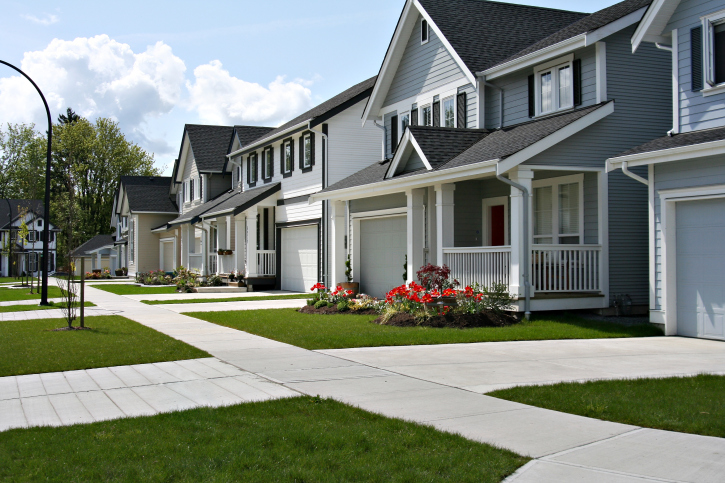Trying to Decide Whether or Not to Sell Your Home? Here Are 5 Key Questions to Ask Yourself
 Selling a home, especially one with sentimental value, is never an easy decision to make. There are many factors that go into determining if the home is ready to be listed and if the seller is actually ready to part with it.
Selling a home, especially one with sentimental value, is never an easy decision to make. There are many factors that go into determining if the home is ready to be listed and if the seller is actually ready to part with it.
Answering some simple questions can go a long way to help an owner decide whether or not it’s time to try and sell.
How Much Work Does The Home Require?
Some houses and condos are ready to hit the market immediately, but others have serious problems that would need to be disclosed to interested parties. It may not be wise to try and sell until all major issues are repaired.
What Is The Market Like In The Area?
Have similar homes in the neighborhood been selling quickly for a lot of money or have they been sitting on the market for years with no buyers? Any seller should look into the current market trends in their community to determine how much they would be able to sell for so they don’t lose money on the transaction.
When Is The Best Time To Sell?
Every city is different and the time of year can have a major impact on the market. A local real estate agent will have a strong comprehension of the best time of year to list the home, which could provide some valuable time to get it ready.
Will You Be Happier In A New Home?
Sometimes deciding to sell a home can become so overwhelming that people forget to ask themselves whether or not they will be happier in a new home. If the answer is a resounding ‘yes’ then there should be no question about selling.
Should A Real Estate Agent Be Involved?
It may seem easier for sellers to eschew the services of an agent to save a little money, but the nightmare that can follow without the assistance of somebody who has the time and experience to show and promote the home may not be worth it. Talk to local real estate professionals to see if there are any that feel like a good fit.
If you have been debating selling your home but still aren’t sure whether or not it’s the right time, speak with your trusted mortgage professional.

 With all of the home renovation and fixer-upper shows on television, the idea of completely renovating and re-doing an old home can seem like an enticing premise. Unfortunately, investing in the wrong fixer-upper can mean an awful lot of expenditure without the added financial rewards. Whether you’re considering investing down the road or are ready to dive in, here are a few things to consider first.
With all of the home renovation and fixer-upper shows on television, the idea of completely renovating and re-doing an old home can seem like an enticing premise. Unfortunately, investing in the wrong fixer-upper can mean an awful lot of expenditure without the added financial rewards. Whether you’re considering investing down the road or are ready to dive in, here are a few things to consider first. November home prices grew by 5.60 percent year-over-year on a seasonally adjusted basis according to Case-Shiller’s reading on National Home Prices. National average home prices rose 0.80 percent from October to November. Case-Shiller’s 20-City home price index revealed that the West and Mountain regions continue to hold the top three growth rates for home prices. Seattle posted a seasonally adjusted growth rate of 10.40 percent which was closely followed by Portland, Oregon’s year-over year average home price gain of 10.10 percent. Denver rounded out the top three home price growth rates included in the 20-CityiIndex with a year-over-year gain of 8.70 percent.
November home prices grew by 5.60 percent year-over-year on a seasonally adjusted basis according to Case-Shiller’s reading on National Home Prices. National average home prices rose 0.80 percent from October to November. Case-Shiller’s 20-City home price index revealed that the West and Mountain regions continue to hold the top three growth rates for home prices. Seattle posted a seasonally adjusted growth rate of 10.40 percent which was closely followed by Portland, Oregon’s year-over year average home price gain of 10.10 percent. Denver rounded out the top three home price growth rates included in the 20-CityiIndex with a year-over-year gain of 8.70 percent.